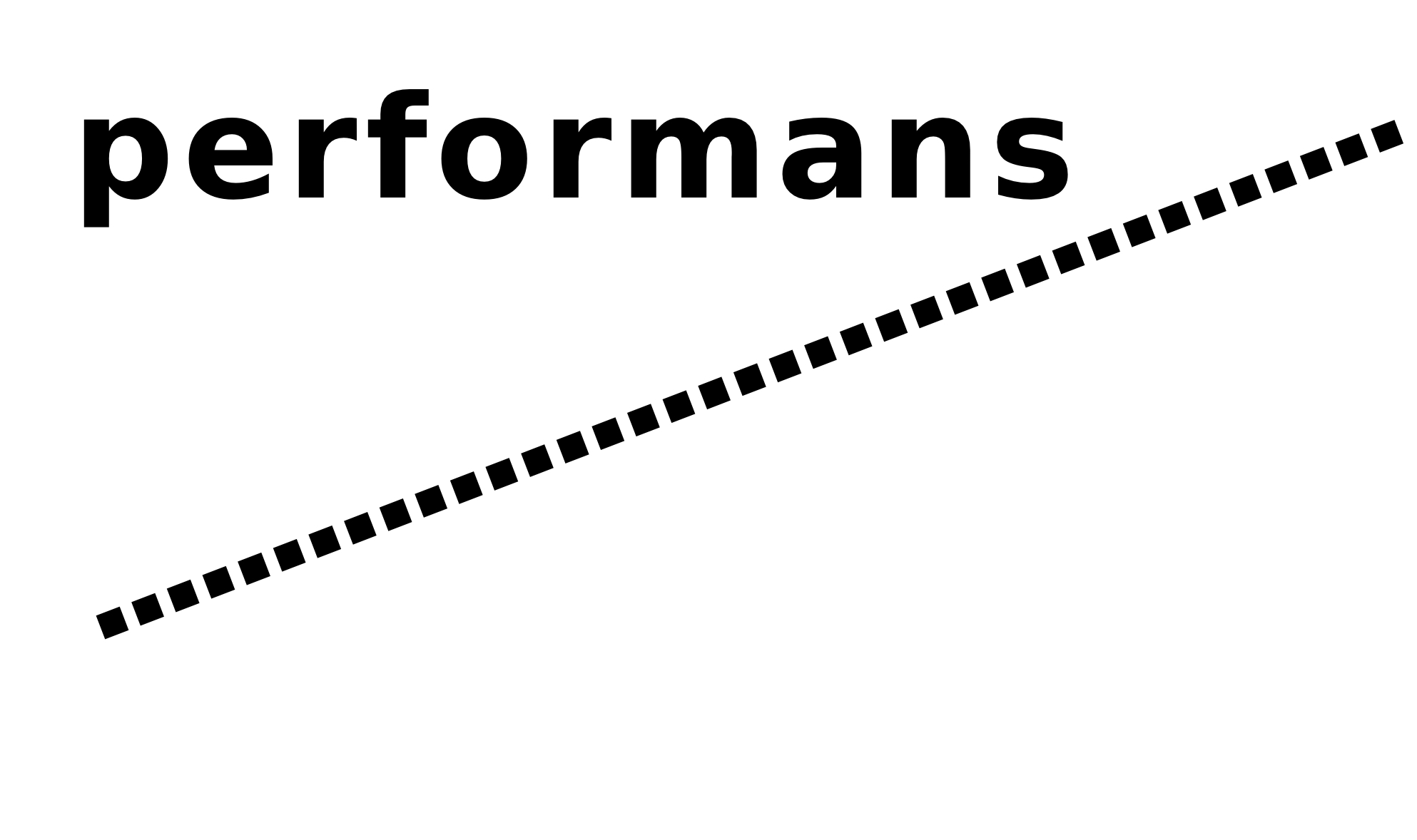The performance art is a form of vitality of creativity in a situation triggered by certain attractions of the body in the boundless sphere of the sensual, which eludes definitions. The academic framing of the performance art within the field of contemporary art is nonsense.
The insistence on doing the impossible—attempting to determine what performance is—is part of its non-sense.
Theater, however, is a definition as such, an end of situation, the termination of liveliness. Theatricalization, primarily through literalizing and narrativizing (which unwittingly reveals the attitude of the show’s creators toward the spectators), eliminates the possibility of situating (the given event) or the influence of an artistic action on the level of the collective sensory. This is also the reason why the theater is so comfortably placed within the theater of the absurd called democracy.
The performer, who is aware of ritualness and the power of celebration in the common, consciously affects the sensual of those who are present and at the same time dilutes his own ego. The dilution of the Self, or the tendency to loosen the dominance of reason, distinguishes him from an actor (interpreter, imitator, mediator). This difference speaks primarily of the motive of a certain body for a certain stage and performing activity.
The staging unidirectionality is not excluded from the performance, but it does not prevail even when dramaturgical, directing and scenographic methods are used, as long as these encourage the positioning of performer and those present.
The performance (the one we happily participate in) affirms the id on a transcendent level.
Such performance is possible only in the vital sense of the engagement of bodies, which inscribe one another spatially tactilely, not only three-dimensionally, but supradimensionally vibrantly, in a way that it cannot be or would be absurd to document, often even verbalize. They will not know or be able to historicize this phenomenon, and this fact stems from its communitarian (socialization) effect.
*
The attempt to name the performance art with the empty term “live art” only reminds us of the parasitism of academic bots who extract the performative (specific action beyond the boundaries of the art field) by historicizing it and transforming it into a boring product or stage genre, an object of observation. The extraction of the performative—the vampiric sucking out of any manifestation of life outside of repressive frameworks—is a key operation of the biopolice empire (its zombified subjects).
The audience of the performance art is something different from spectators. Viewing and performing positions are cheerfully swayed to make the happening even possible. To perform (invent movements, sing, embody gestures, etc.) in a situation means to do it among people—to coexist also in the realm of imagination.
A performer dedicated to opening primarily looks for deviations, invents expressive and also organizational ways of practicing innovative creativity, which is not and cannot be involved in any canon. If the performer bows to the laws of the field, if he is not rejective, his (in this case integrated) action is powerless (neutralized), which means that he is idle, that he creates illusions of public speech.
*
If we strengthen the schism between performer and spectator, why do we dramatize the division?
Why is the power of undirected (non directed) physicality (the tactility and subtlety of co-creating living contacts) often suppressed?
Where does the fear of the unpredictability of a living community come from?
*
The theme that is the subject of the performance (art) is attractive when it is universalized—through a creative gesture arising from the awareness of the universality of things and phenomena, of the One and oneness as the cause of All and the constant connection between everything and all of us. Conscious attraction is a feature of a performance that, in order to avoid boredom (the key pathology of theater drowning in Aristotelianism), is built both on the fly and in advance, it is never created by chance, and chance is immanent in it. It is not about secular, but sacred. Explaining (with words) the meaning of the attraction is an impossible doing.
*
“Independent” is a devalued Anglo-Saxon/American label used by the agents of the field of cultural production to categorize certain art as supposedly free on its own, while at the same time silently defining it as poor and maintaining its material malnutrition through systemic measures. This independence is a genre (!), which is funny, and genreization is another name for commodification (Duchamp’s Fountain was a typical target of this process). Genreism (or mannerism for the sake of sales/integration) is incompatible with the autonomy and limitlessness of creativity. Through categorization operations, the field tries to completely abolish—erase, displace, prohibit—the potential and existing artistic autonomy (sovereignty of action in the socialization context). For the abolition to be successful, it is necessary that (“independent”) artists remain within the field agreeing to produce substitutes for open action modes and freed expression forms—to be subordinated to administrators and to become administrators themselves.
For example, the so-called independent scene in the states created from the former Yugoslavia is strongly embedded in a mercantile-competitive mentality (just as in the West, as it was spread from there). Autonomous (artistic) activity (still) takes place in the underground.
*
Underground has to constantly derail itself from ambivalent artistic ruts, and that has always saved it. It never was and never will be post (not even in the midst of so-called post-factuality, transhumanism and similar pseudisms), it is always in situ and now. The accelerated shrinking of physical spaces and symbols of freedom will not deter it from acting in the indeterminate of all that is determined, in the Unknown—right there is ζωή, животъ, that is, the possibility of the performative.
*
The performance (art) is what, at any cost, establishes an impossible situation in impossible circumstances, the situation that opens the awareness of limitlessness. In that sense it is non-sensical.
To support Performans, use the links below for your donation.
